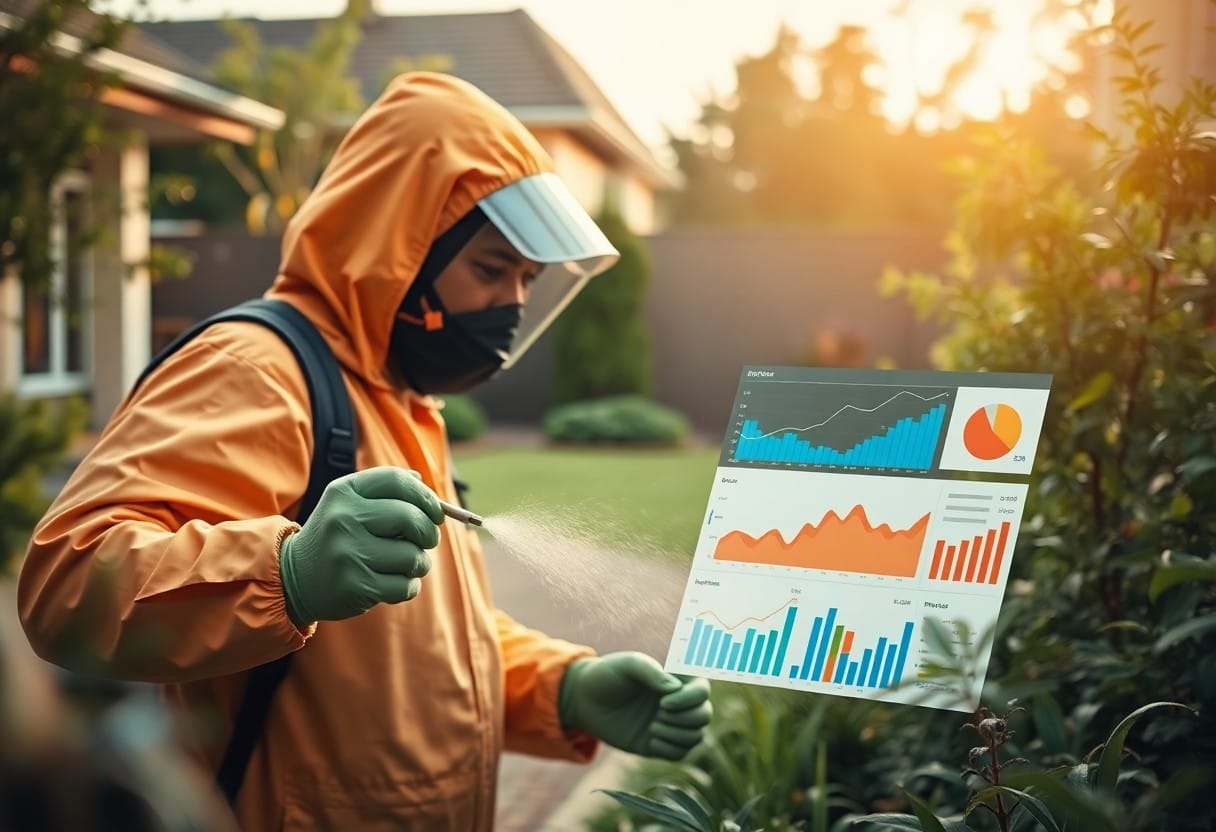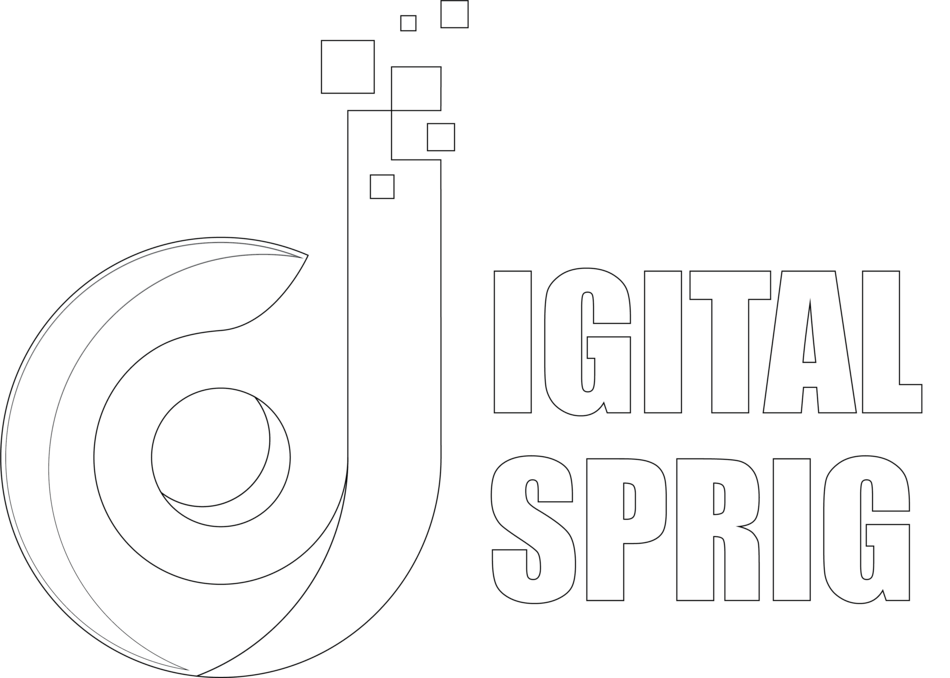With the competitive landscape of the pest control industry continuously evolving, leveraging Search Engine Optimization (SEO) can significantly enhance your business’s effectiveness. By optimizing your website and online content, you can improve your visibility, attract more customers, and ultimately increase sales. Understanding how to implement SEO strategies allows you to reach a larger audience actively seeking pest control solutions. In this blog post, we’ll explore various SEO techniques tailored specifically for your pest control business, ensuring you stay ahead of the competition and meet your customers’ needs effectively.
1. Boosts online visibility for attracting new customers.
2. Enhances website rankings on search engine results pages.
3. Increases organic traffic leading to higher lead generation.
4. Targets local keywords for attracting nearby clients.
5. Improves user experience with optimized website content.
6. Strengthens brand credibility through higher search rankings.
Understanding Search Engine Optimization
A comprehensive grasp of Search Engine Optimization (SEO) is important for optimizing your pest control business’s online presence. SEO is the process of enhancing your website and online content to improve visibility in search engine results. By employing SEO strategies, you can effectively attract more potential customers by ensuring that your services appear prominently when local clients search for pest control solutions.
Definition and Importance
With SEO, you enhance your website’s quality and visibility, driving more traffic to your pest control business. This, in turn, leads to increased leads and conversions, positioning your services ahead of competitors and making it easier for customers to find you. SEO is not just about getting found but building trust and authority in your industry.
Key Components of SEO
Across various aspects of SEO, several key components are vital for elevating your online presence, including keyword research, on-page optimization, and backlink building. Each of these elements plays a significant role in helping search engines understand your content and ultimately recommend it to users searching for pest control services.
In fact, focusing on keyword research allows you to identify the terms your potential customers are searching for, ensuring your content aligns with their needs. On-page optimization, which includes optimizing meta tags and headings, ensures each page on your site is structured effectively for search engines. Backlinks, or links from other reputable sites to your own, enhance your credibility and authority. Together, these components create a robust SEO strategy that drives organic traffic and fosters growth for your pest control business.
Keyword Research for Pest Control
Any pest control business aiming to thrive online must prioritize keyword research. Understanding the specific terms potential customers are using when searching for pest control services is necessary. By targeting the right keywords, you increase your visibility on search engines, attract relevant traffic to your website, and ultimately generate more leads and conversions.
Identifying Target Keywords
Above all, you need to focus on identifying target keywords that align with your services. Start by brainstorming common phrases your customers might use, such as “ant control,” “rodent removal,” or “pest management.” Utilize tools like Google Keyword Planner or SEMrush to analyze search volume and competition levels. This will help you create a well-defined keyword list for your SEO strategy.
Long-Tail Keywords and Their Benefits
To enhance your local SEO efforts, consider integrating long-tail keywords into your strategy. These phrases are typically more specific and less competitive, making it easier for you to rank higher on search engine results pages. Furthermore, long-tail keywords often attract users who are further along in the buying process, increasing the likelihood of conversion.
Identifying long-tail keywords involves focusing on specific phrases that potential customers might use when seeking your services. For example, someone searching for “best pest control service for termites near me” is more likely to convert than someone searching simply for “pest control.” By incorporating these targeted phrases into your content, you can enhance your relevance to search queries, improve user engagement, and boost your ranking, leading to more meaningful interactions with potential customers.
On-Page SEO Strategies
Keep in mind that effective on-page SEO strategies are necessary for ensuring your pest control website is not only user-friendly but also optimized for search engines. By focusing on elements like content, keywords, and site structure, you can significantly improve your chances of ranking higher in search results. This, in turn, will drive more organic traffic to your site, ultimately boosting your business’s success.
Content Optimization
An effective content optimization strategy involves creating valuable, relevant content that addresses your audience’s needs while incorporating targeted keywords. By providing engaging articles, blog posts, and service descriptions that highlight your pest control expertise, you can enhance user experience and improve your site’s visibility in search engines.
Meta Tags and Descriptions
Any pest control business aiming to enhance its online presence should prioritize meta tags and descriptions. These elements play a significant role in how search engines interpret your content and influence user click-through rates.
Understanding the importance of meta tags and descriptions is vital. Meta titles should include relevant keywords while accurately representing your page’s content, as they appear in search results. Descriptions, on the other hand, serve as a brief preview of what users can expect from your page. By crafting compelling meta tags and descriptions, you can entice users to click on your links, driving more traffic to your pest control website and improving your overall visibility in search engine results.
Off-Page SEO Tactics
Not every aspect of SEO is conducted on your website; off-page SEO tactics, such as building a robust online presence through link building and social media engagement, are important for your pest control business. Leveraging SEO for Pest Control will enhance your brand’s abilities to reach a wider audience and improve your search engine rankings.
Link Building Techniques
To enhance your website’s authority, incorporating effective link building techniques is important. This involves acquiring backlinks from reputable sites within the pest control industry or related niches. Guest blogging, partnerships, and sponsorships can create valuable links, thereby improving your site’s search visibility.
Social Media Influence
Among the many strategies, leveraging social media can significantly amplify your SEO efforts. Engaging with your audience on platforms like Facebook, Instagram, and Twitter helps to establish your brand and foster customer relationships, which indirectly boosts your website’s ranking.
This dynamic interaction not only encourages shares and interactions but also directs more traffic to your website. Being active on social media allows you to showcase your expertise in pest control, share testimonials, and promote exclusive offers, making it easier for potential customers to find you online.

Local SEO for Pest Control Businesses
Once again, focusing on local SEO is vital for pest control businesses looking to attract customers in their service areas. By optimizing your website and online presence for local searches, you can ensure that potential clients find you when searching for pest control solutions nearby. Utilizing local SEO strategies can significantly enhance your visibility, allowing you to connect with your target audience more effectively and effortlessly.
Google My Business Optimization
One of the most effective ways to enhance your local SEO is by optimizing your Google My Business listing. This platform allows you to provide crucial information about your pest control services, including your location, hours, and contact details. By accurately completing your profile and regularly updating it, you can improve your chances of ranking higher in local search results, making it easier for potential clients to find you.
Local Citations and Reviews
About local citations and reviews, they play a significant role in establishing your pest control business’s online reputation. Listing your business on relevant directories and ensuring consistent information across platforms can help build credibility. Encouraging customers to leave reviews can also enhance your standing in search results, increasing your chances of attracting more clients in your area.
But positive reviews and local citations not only boost your search rankings but also build trust among potential customers. When individuals see an abundance of favorable reviews, they are more likely to choose your services over competitors. Make it a point to actively seek feedback from satisfied clients and maintain updated citations in local directories. This strategy not only improves your online visibility but also helps create a solid reputation in your community, ultimately driving more business to your pest control services.
Measuring SEO Success
Many pest control businesses overlook the importance of measuring SEO success. Understanding how your strategies impact traffic and conversions allows you to make informed decisions, enhancing your overall efficacy. Tracking key performance indicators (KPIs) like organic traffic, bounce rates, and search rankings can provide valuable insights into what’s working and what needs improvement.
Analytics Tools and Metrics
About analytics tools, you have a variety of options available to monitor your SEO performance. Platforms like Google Analytics and SEMrush offer valuable metrics that clue you into your website’s effectiveness. Monitoring site traffic, user behavior, and conversion rates will help you gain deeper insights into your audience and identify areas for growth.
Adjusting Strategies Based on Data
The analysis of your metrics should directly inform your SEO strategy adjustments. Analyzing data allows you to identify which keywords are driving traffic and which pages are underperforming. With this knowledge, you can optimize your content, enhance user experience, and refine your targeting strategies to better align with customer needs.
Due to the constantly evolving nature of SEO, regularly adjusting your strategies based on data is necessary. As trends shift and user behavior changes, staying adaptive ensures that your pest control business remains competitive. Utilize A/B testing to experiment with different approaches, and continually monitor the results. This iterative process not only helps you maintain your rankings but can also significantly boost engagement and conversions over time.
Final Words
The implementation of search engine optimization can significantly enhance your pest control business’s effectiveness by improving your online visibility. By optimizing your website with relevant keywords, creating engaging content, and ensuring an excellent user experience, you can attract more potential customers actively seeking pest control services. As you gain higher search rankings, you establish credibility in your industry, ultimately driving more traffic to your site and increasing your conversion rates. Embracing SEO allows you to connect with your target audience effectively, positioning your business for long-term growth and success.




